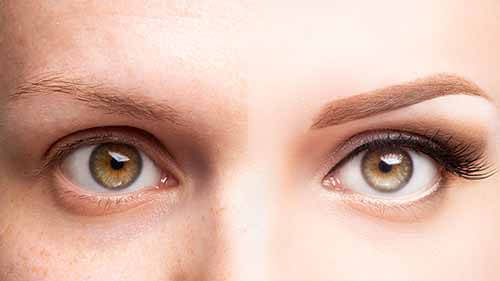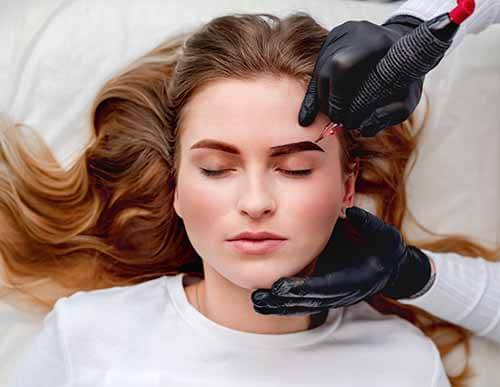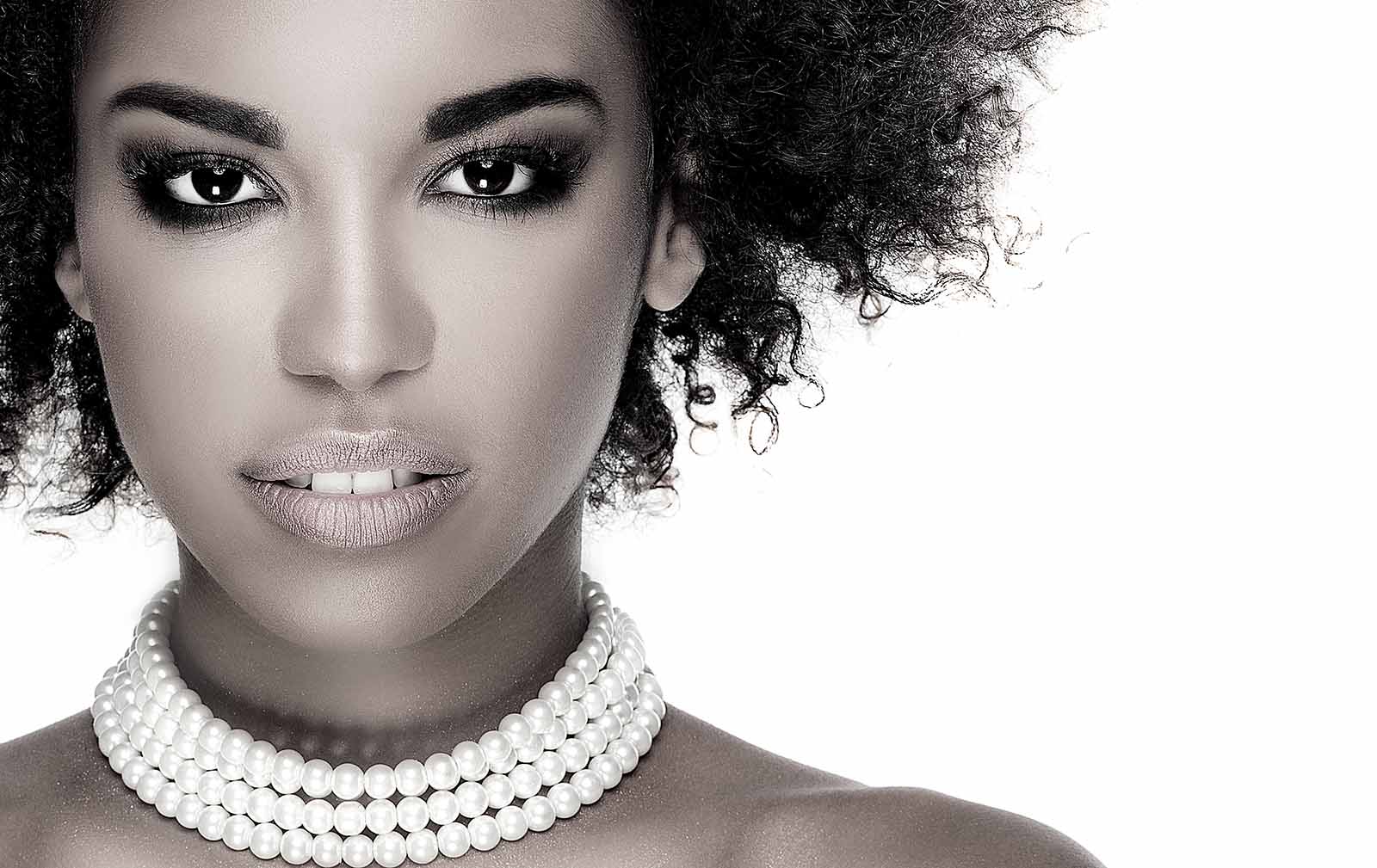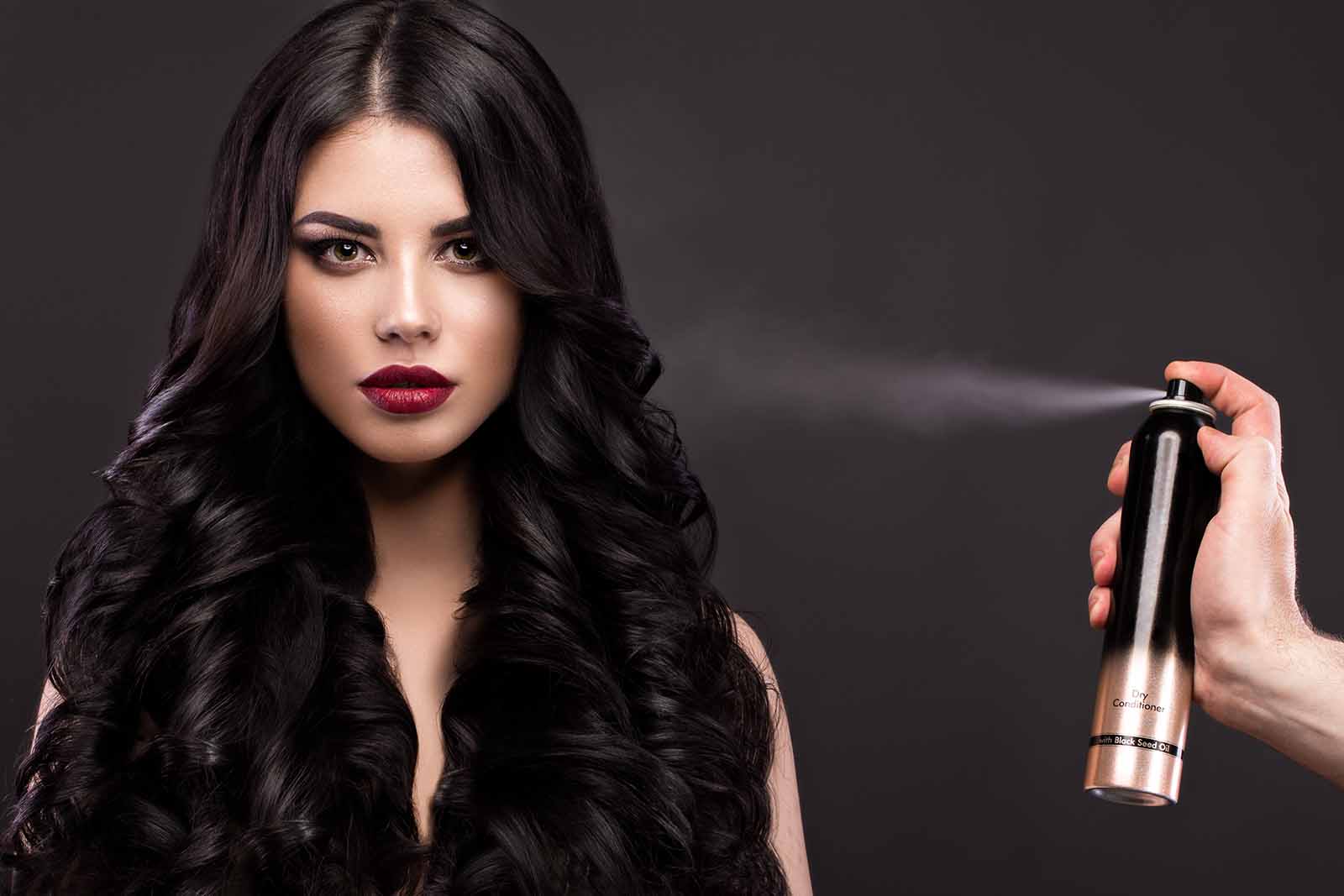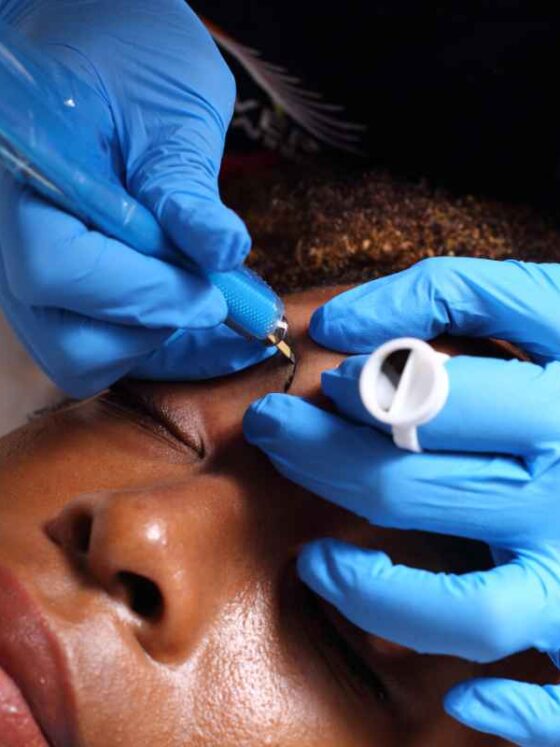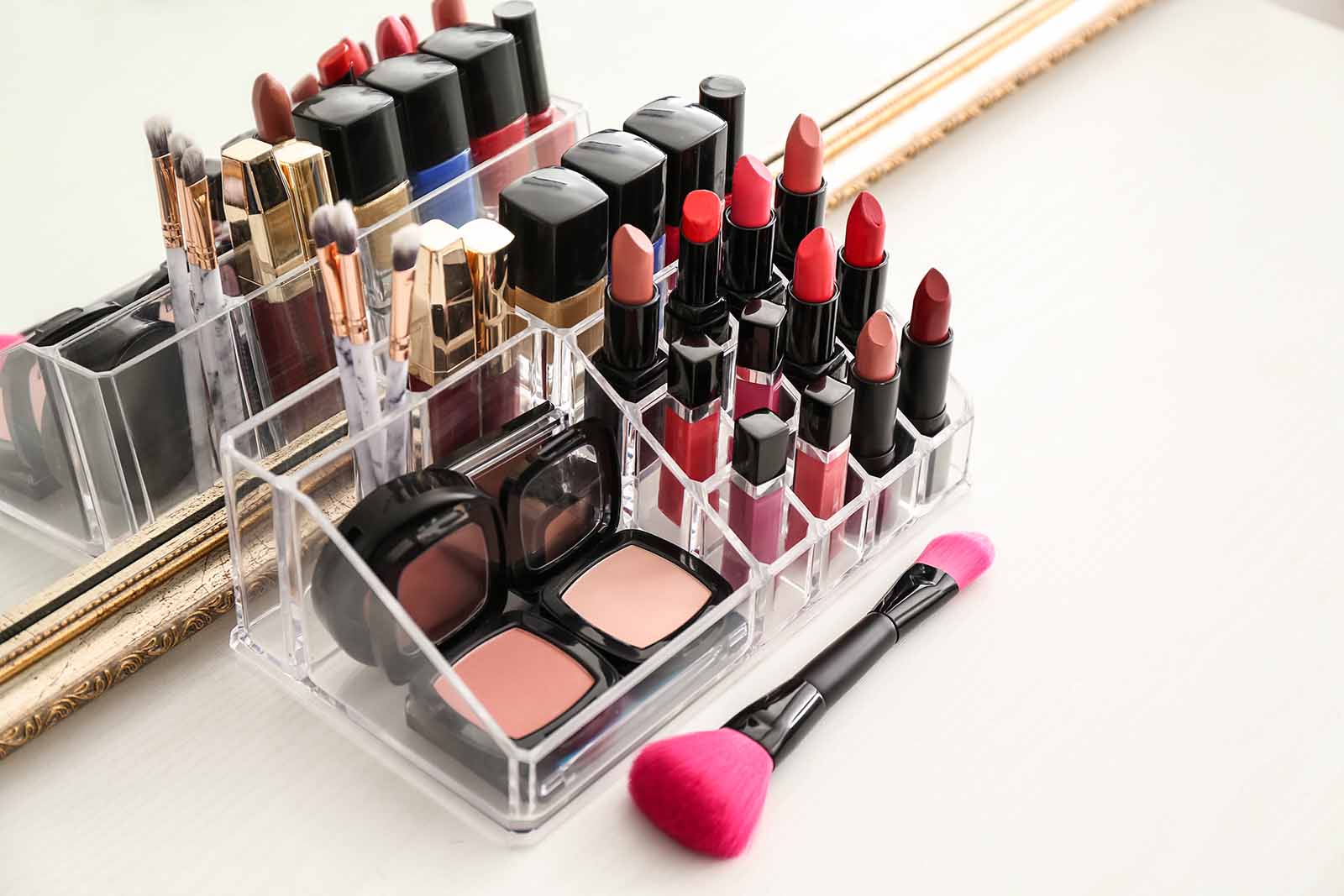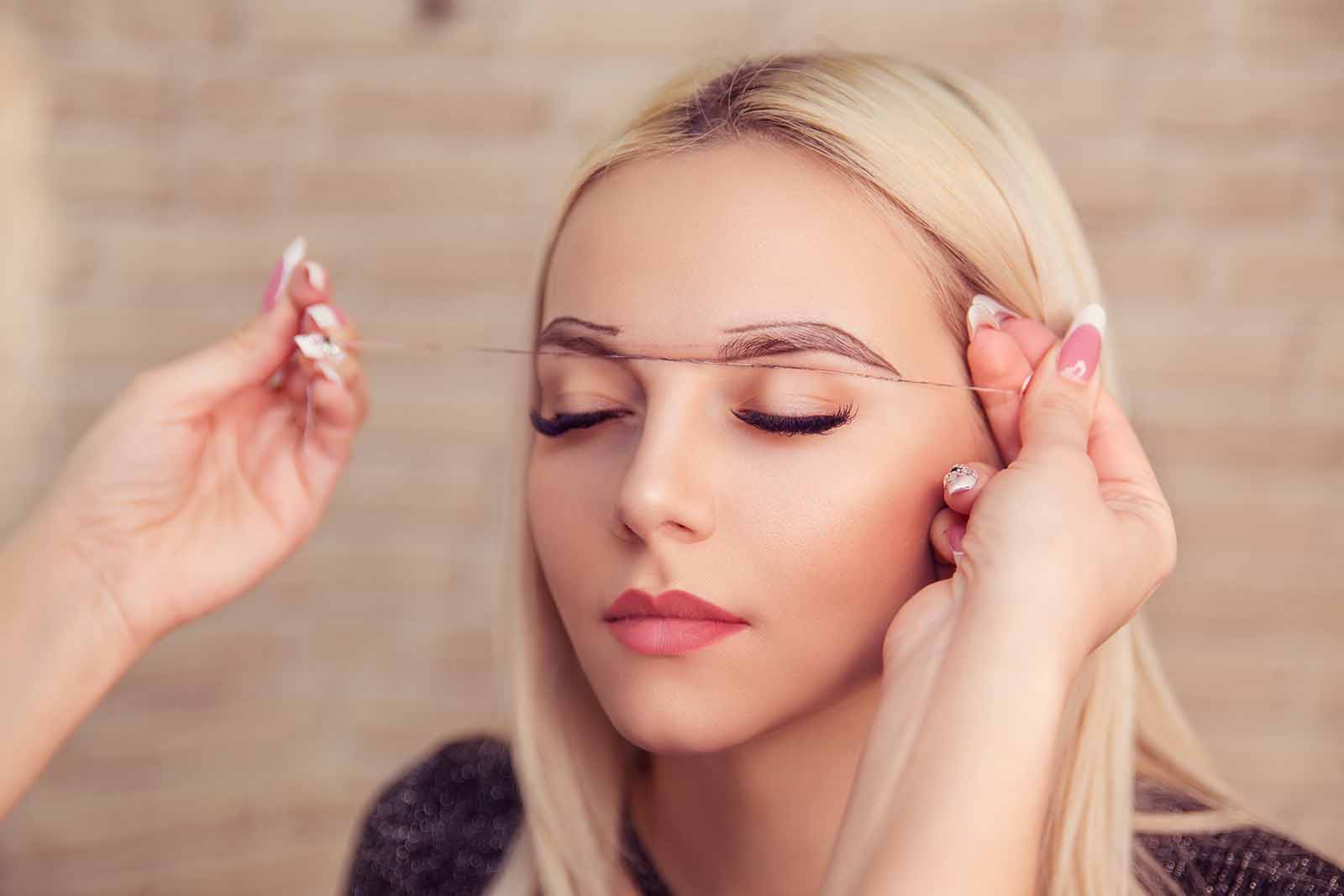7 Tips if you want to Microblade from Home
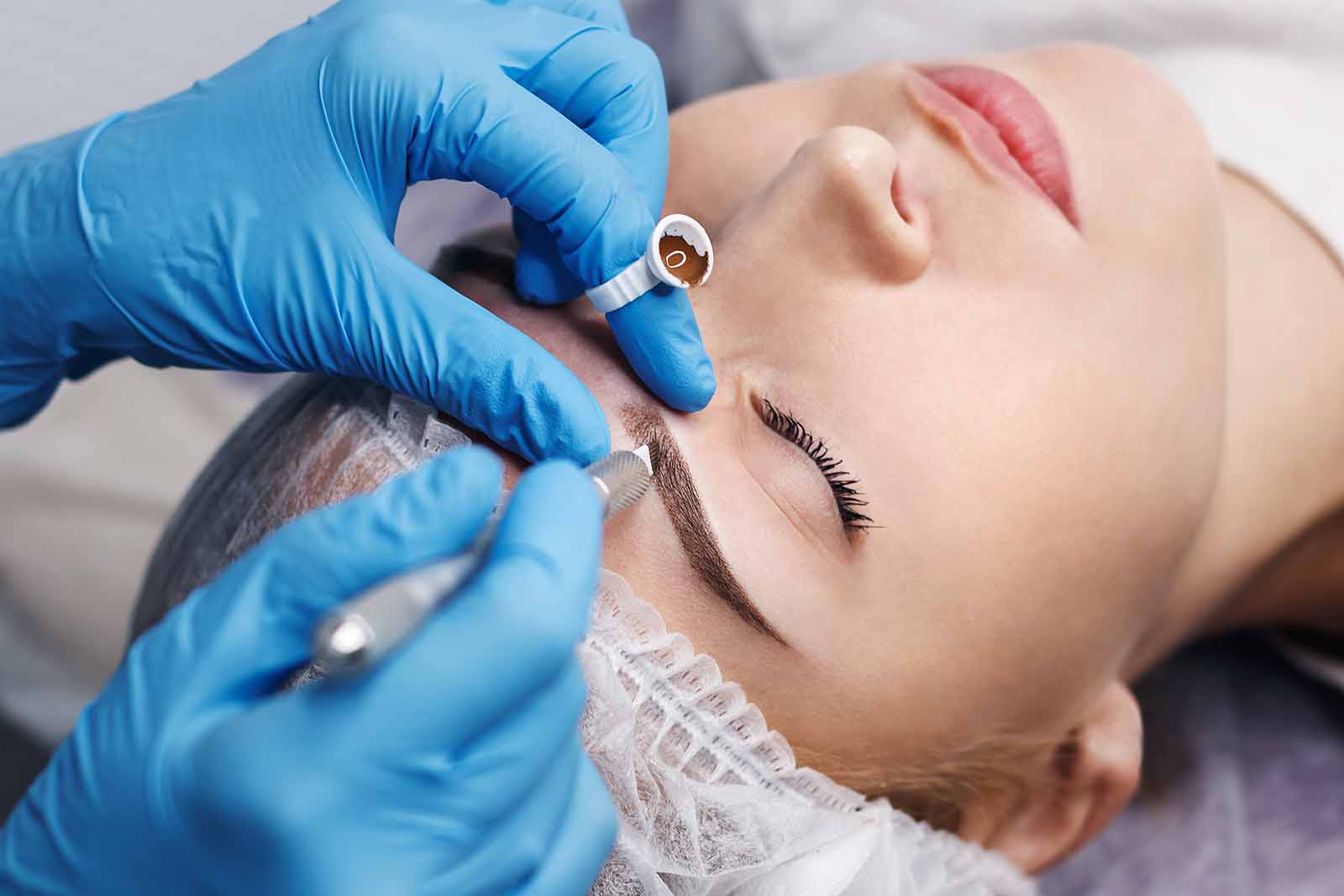
Microblading is a beauty procedure that some women opt for to have fuller looking eyebrows, without the hassle of filling them in every day along with their other makeup routines. It involves using blades to put in pigment, sort of like a tattoo. No worries though, it’s not permanent; it’s only semi-permanent and lasts between 1 and 3 years. It can look amazing if done properly and if you follow aftercare instructions.
Ever Wonder: Can I Microblade from Home?
Microblading at home is not as easy as learning to apply makeup, you need to be aware of the risks and be willing to commit. It is sort of a “try at your own risk” type of thing. There are health risks involved since the procedure involves breaking the skin. You will be at risk for infection or allergic reaction to the pigment, so it is important to be cautious during and after the procedure.
You also run the risk of messing up and not liking what you have done or messing up a particular area of your brow that you just can’t ignore. While yes, doing it yourself at home is cheaper than going to a professional, you need to be completely sure and comfortable about the decision. You also need to be confident in yourself. If you have any doubts about your abilities, perhaps this is not for you.
There’s also microblading online courses, but if you’re feeling adventurous and want to try this yourself, here are 7 tips to help you out with your microblading from home adventure.
Tip 1. Safety First
It is a good idea to choose a space where you can work comfortably with a small stand-up mirror so that you can see. Clean the entire area with a disinfectant wipe, and make sure to sterilize the items you will be using. Also, choose a quiet space so that you will have no interruptions and distractions.
Wash your hands before starting. Then, use gloves if possible. Sometimes it may be a little hard to grip your microblade holder, but gloves aree the best option to be the safest you could possibly be.
Clean your eyebrows with an alcohol wipe, just like if you were going to get a shot or an IV placement. If something is going to puncture skin, the skin and item need to be sterilized to minimize the risk of infection.
Avoid drinking alcohol at least 48 hours before the procedure since alcohol thins the blood.
Do not share items and tools with others without at least sterilizing them first. It is just a really good idea not to share items and tools with anyone, period.
Tip 2. Items You Will Need
While you can order microblading kits online or you can also purchase the items individually. It’s really up to you and your preferences.
- Gloves
- Disinfectant Wipes
- Alcohol Wipes
- Mirror
- Eyebrow Pencil
- Eyebrow Brush
- Eyebrow stencils
- Numbing Cream It is a good idea to apply this about an hour before you start the procedure to ensure it will numb the area enough to be comfortable. Also, be careful not to get it on your hands else they will be numb, and it will be difficult for you to perform the procedure. Hence, the gloves.
- Microblade Holder
- Microblading Blades
- Pigment (great ones found here!)
- Cap Ring
- Paper towels
- Music (For fun if you want to be entertained during the process)
Tip 3. Kind of Blade and Microblade Holder You Should Use
You should choose a blade holder that will fit properly in your hand so that you can maneuver it with ease. Make sure that if you purchased a kit where the blade holder feels comfortable for you to use.
There are different types of blades that you can use. Hard needled blades should be used by professionals only. I do not recommend using that type because they are definitely for someone with more experience.
Flexi needles are the best option if you are a beginner. A 7-Flexi should be used for fine hair strokes. A 12-Flexi angled should be used for blondes with fine hair. The U shape 18-21 is the most commonly used for DIY at home.
You can use the different needle types for the different parts of your eyebrow. For example, you can use the 7-Flexi for the area by your nose since that is where the finer hairs are. You can use the U shape to fill in the inside of the eyebrow. If you are blonde-haired, it is best to use the 12 Flexi for all of it.
However, if you don’t want the hassle of using different blades, the U shape would be the go-to option, and you can get the job done with just that one type of blade relatively easily. It’s just especially important that you are careful and patient in the areas with finer hair.
Tip 4. Pigment Selection
The pigment you use should match your skin color and hair color to look more authentic. If you want to experiment with different colors, you can, but it would be better not to stray too far from your natural look. You can refer to this site 4 Tips for Selecting Microblading Colors using the Fitzpatrick Skin Ty, to help you choose your color. You can choose any brand it’s up to you, you can opt for one with the highest ratings or select a cheaper option if it’s a bit expensive for your liking.
Remember to check ingredients to make sure you are not allergic to anything in the product. While it is rare for someone to have a severe allergic reaction, it is still best to stay on the safe side and just find out beforehand to avoid the discomfort or possible serious reaction resulting in a hospital visit.
Tip 5. Preparations Before Procedure
After disinfecting your area, washing your hands, and setting up your sterilized tools and items within arm’s reach, you are finally ready to prepare for the actual DIY microblading! Yay! This is the time where you make your final decisions and preparations.
Wipe off the numbing cream with a clean, wet washrag if you decided to use it. Test to make sure you are numbed enough to your liking. Give yourself a little pinch or press the area with your fingernail, but not too hard, though.
Make sure your face is clean of makeup, oils, and dirt.
Get your eyebrow stencils if that is what you are going to use for your guide. If you are using the kind that stick on, then apply them. If you are using the kind you just hold up to your brow, have it on hand. However, I would not recommend the handheld one because you may have a harder time holding both the stencil and the microblade holder up at the same time.
Use your eyebrow pencil to trace your eyebrows. Be careful not to draw too closely to, or on, your hairs. Go with your natural shape. If you had plucked or waxed beforehand, then great! Just follow your brow outline.
Use your eyebrow brush to get all of your brow hairs in one direction, their natural direction.
Again, make sure all the items you need are in place, and there are no distractions!
Take a deep breath, and remember, whether you are doing this for fun or to improve your beauty, you need to be careful. Have fun with the experience too! It can be fun to try something totally new and learn along the way.
Tip 6. Actual Procedure
It just got real; you’re going to start the procedure.
Dip your blade into the pigment and start at the end of the eyebrow and work your way into the middle. When you get to the part by your nose, try to be extra careful because that’s a common area for mistakes, since that is usually the thinnest part of the brow.
Make sure you follow your natural eyebrow direction. You don’t want to go one way and then another way because it will show after the whole thing is said and done and it won’t look very pretty.
Keep your strokes consistent and press hard enough. If you used numbing cream, it might be hard to tell how deep you are pressing, but just try to do the same thing over and over. If you start bleeding significantly, just slow down and don’t press as hard.
Keep shading and wipe your brows with a paper towel to wipe away the excess pigment so you can see what you are doing, just like what a tattoo artist does by wiping away ink as they go along.
Clean the pigment residue when you are done and apply touch-ups if you see any areas that need extra shading. You can use this brow as a guide for the other.
Repeat on the other eyebrow. The other eyebrow can be tricky for some. It can feel a little awkward while working on it. Just try your best and be cautious not to make that side any different than your first eyebrow.
When you are completely done, hopefully, you love what you have done. If you need to touch up, do so.
Tip 7. Aftercare
Aftercare is important to follow to avoid infection and prevent the pigment from fading. The pigment will take about a month to set in, and the area will take up to two weeks to heal up. You might want to take a look at how long microblading eyebrows last, to make sure you take proper care of your eyebrows.
Do not apply makeup to the eyebrows.
Avoid excessive sun exposure.
Keep the area from getting wet. Do not go swimming, take a bath, or participate in any activities that involve completely submerging the area in water. Also, avoid saunas or exercises that will cause you to sweat, as all of the things will result in the pigment not setting or fading.
Keep the area clean by using mild soap and a little bit of water to rinse. Don’t over-wash or rinse because that will also increase the likeliness of fading or not setting
Try to refrain from picking scabs. The area might be itchy and tempting to scratch and pick at, but just don’t. It is not worth the risk of infection and getting icky stuff in the wounds.
Apply A&D ointment in the morning and at night. You can also apply it periodically throughout the day if needed.
If you have signs of infection such as fever, increased pain, redness around the area, pus coming out of the wound, and just, in general, don’t feel well, call your doctor as soon as possible. Infection can get bad quickly and can even lead to death. So, really heed the risks and pay attention to cropping symptoms even if it seems small.
Can You Undo Microblading?
After you are finished, and you’re not happy with your results, there are some options for you. However, it may be a bit difficult.
One way is not to follow the aftercare instructions. Wash your eyebrows a few times a day, go for a swim, go into a sauna, and do some exercises that increase your sweat. This will help your effects fade gradually. It is not an immediate solution, so you will have to be patient on this one. Still, be careful not to get the area infected.
Use products that contain retinol. You should speak to your doctor first to see if this option is right for you.
Laser removal is another option. If the result of your eyebrows is just too cringy to look at, and you absolutely feel like you need to get rid of the mistake, this may be the option for you. It will be more expensive, and you may require repeated sessions.
Micro-needling is also an option. It involves using a tool with tiny needles and running it over the area and wiping pigment away throughout the process. This is also a gradual treatment, and you may need to repeat this. You can do this at home or have a professional do it for you.
You could also just wait it out. Of course, that means waiting for 1-3 years for it to all eventually fade. If you can live with the results, it may be best just to wait. (Source: How To Remove Microblading At Home?)
Final Thoughts
There are many pros and cons to microblading at home. If this information has made you decide to go with a professional, or if you really want to try it yourself, I wish you the best of luck. I hope my tips will help you with your experience and make it a little easier for you. But if you are not 100% sure, don’t worry you can also learn microblading online to get the best results on your eyebrows!
Again, if you are trying it at home, remember to take all safety precautions seriously and the aftercare instructions. Happy microblading, and enjoy your flawless eyebrows!
(After microblading, you might want to highlight the area by adding one of the many different types of eyeshadow looks.)

